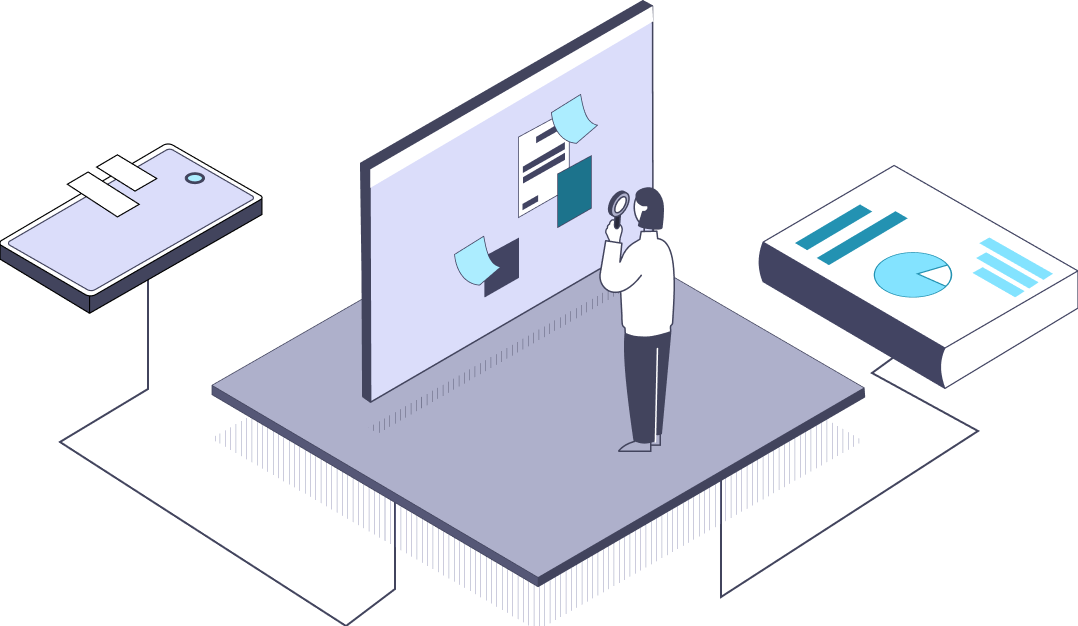The new meaning of ‘value’
What do you value?
Chances are, your response has evolved over the years — and maybe even more so the last three. For instance, think about the shifts undergone during the pandemic. While we’ve mostly returned to some sense of normalcy, many have taken stock of what’s important to them in work, health, leisure, relationships — and in turn, their spending habits.
Perhaps you used to spend more on dining out, but now you cook at home because it saves money and improves your health. You’re buying your favorite ingredients in bulk or using that extra cash you would have spent on takeout to upgrade to organic vegetables, sustainably sourced protein, or your favorite fair-trade chocolates. In this case, value isn’t about purchasing the least expensive items during your grocery run — it means stocking up on preferred brands and turning a democratized experience (cooking at home) into a luxury by upgrading to premium products.
Consumers seek value when inflation is top of mind
If you’ve changed your spending habits, you’re not alone. Our 2023 Consumer Outlook survey found that key areas of greater importance to consumers include mental wellness, physical wellness, financial and job security, and saving for unforeseen circumstances.
While priorities shift and purse strings tighten, value is still a spectrum, and consumers are seeking it out in a variety of ways.
We saw this dynamic play out in our recent study on price sensitivity and shopping behavior, which found that when primed to think about their inflationary challenges, shoppers didn’t resort only to trading down — they also purchased multipacks of their favorite brand.
Although inflation rates and CPG prices are slowly showing some improvement, the road back to “normal” is a long one. Price changes are still far above their 2-3% pre-pandemic range, which means that inflationary pressure (and value seeking) will likely remain top of mind for the foreseeable future.
Understand your pricing power
What does this mean for price? Are we reaching the practical limits of growth that price architecture alone can achieve? Maybe. Pricing decisions are relative: If all manufacturers in a category increase price, it’s relatively safe to do the same. But if competitors begin pulling other levers — like changing their price pack architecture and product mix — price increases alone may no longer be sufficient.
To build your growth strategy in a volatile economy, it’s crucial to first understand how your pricing power (the ability to raise prices without losing demand) has changed. As our aforementioned study found, a brand’s pricing power can change when shoppers are primed to think about inflationary pressures before their shopping trip.
A straight price increase alone won’t be enough to deliver growth as it might have before. To compensate, and keep your competitors on their toes, you must consider pulling other available levers. In fact, our recent meta-analysis across ~40 Line and Price Optimizer studies affirmed the effectiveness of this strategy. Manufacturers who made direct and indirect pricing changes — like optimizing SKU-mix, price pack architecture, and building pricing power with innovation and renovation — had 8% better revenue performance than those who only increased prices.
Don’t just know brand price elasticity — beat it
To think beyond price, manufacturers should take a holistic look at their portfolio and price pack architecture by leveraging both insightful data and dynamic modeling tools to make informed decisions.
Consider these three key questions to optimize your portfolio and price pack architecture:
1. How does inflation affect my consumer base?
Understanding consumers’ attitudes toward their financial situation helps with the big picture. It frames perceived financial constraints and serves as the backdrop of your strategy. By pairing this information with actual consumer shopping behavior, you now have a window into how these attitudes translate into action, which helps bring your strategy to life.
You’ll need to answer questions such as:
- What are consumers’ current perceptions about inflation and expectations about the future?
- What impact has inflation had on their purchasing power?
- Which actions (if any) are they taking to reduce costs?
- Does your consumer base seek out the lowest priced items, switching to budget brands or private label? Or do they stock up on their favorite brands on deal?
Optimize price pack architecture by understanding consumer sentiment, behavior, and spending patterns. In tough economic times, your brand is more likely to win when you can demonstrate to retailers how your offering drives purchasing behavior.
2. Where am I best poised to innovate?
Our data shows that manufacturers who innovate are 1.8 times more likely to grow overall sales, and those who innovate during times of crisis outperform those who don’t. But keep in mind that innovations come in many forms. By taking a holistic view of your portfolio (with consumer learnings in mind), you can leverage innovation data for your category to help identify new opportunities for growth. For instance, you might expand across pricing tiers to ensure you won’t leak buyers, play with pack size or form to drive maximum value, or explore a new product formulation or feature that can drive a premium price.
From there, you can continue to identify new white spaces where your brand can compete for — and win at — the relevant “job to be done.” Consider using new technology and trends like AI-based R&D and sustainable practices to identify pathways for growth, optimize your go-to-market strategy, and win consumer goodwill.
3. Is my portfolio driving incrementality?
Measuring incrementality is essential for sustained growth, yet our research shows that only 22% of FMCG manufacturers prioritize it early enough in the innovation process, and only 1 in 5 manufacturers utilize it as a firm stage-gate action standard. This lack of a systematic approach could result in stagnation — or even sinking the brand franchise.
Take stock of your portfolio by identifying high-performing SKUs and determine whether they contribute to revenue or cannibalization. Then, utilize these findings to inform your assortment and innovation strategy moving forward. Consider innovations that target and delight a particular segment, inspire a trade up, or put a new spin on consumption habits.
And don’t just rest on your laurels afterward — ensure your portfolio and pipelines are evaluated on the right metrics while systematically integrating incrementality as an action standard, so that you can proactively assess and adjust as consumer and retailer needs evolve.
Right brand, right pack, right price
Ultimately, manufacturers should take an individualized and holistic approach to retain buyers and stay competitive. And with value motivators fueling CPG sales growth, delivering the right brand, in the right pack, at the right price should become your primary focus.
Now is the time to seize disruption opportunities by challenging consumption moments with new formats and unexpected occasions.
By successfully leveraging the full scope of available growth opportunities, you can ensure your portfolio and price pack architecture are fortified against present and future headwinds to come.

Optimize your pricing power
Interested in learning more? Download key findings from our recent study, or contact a BASES representative for a 1×1 walkthrough.



